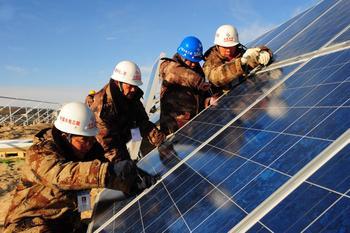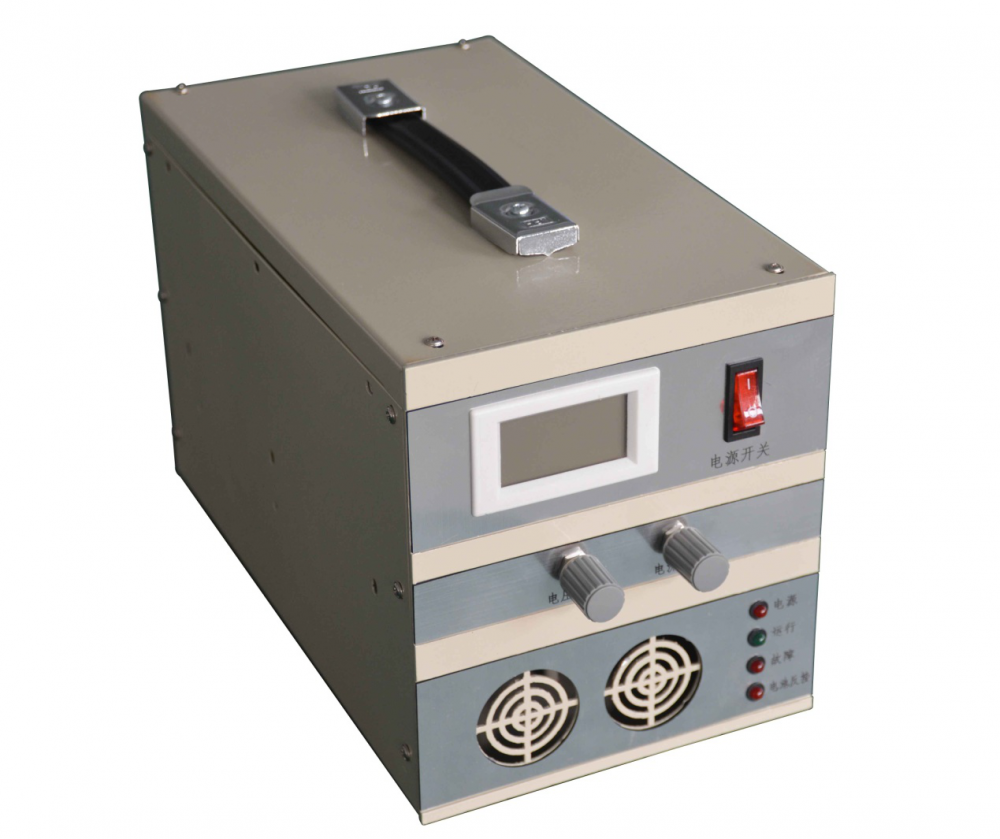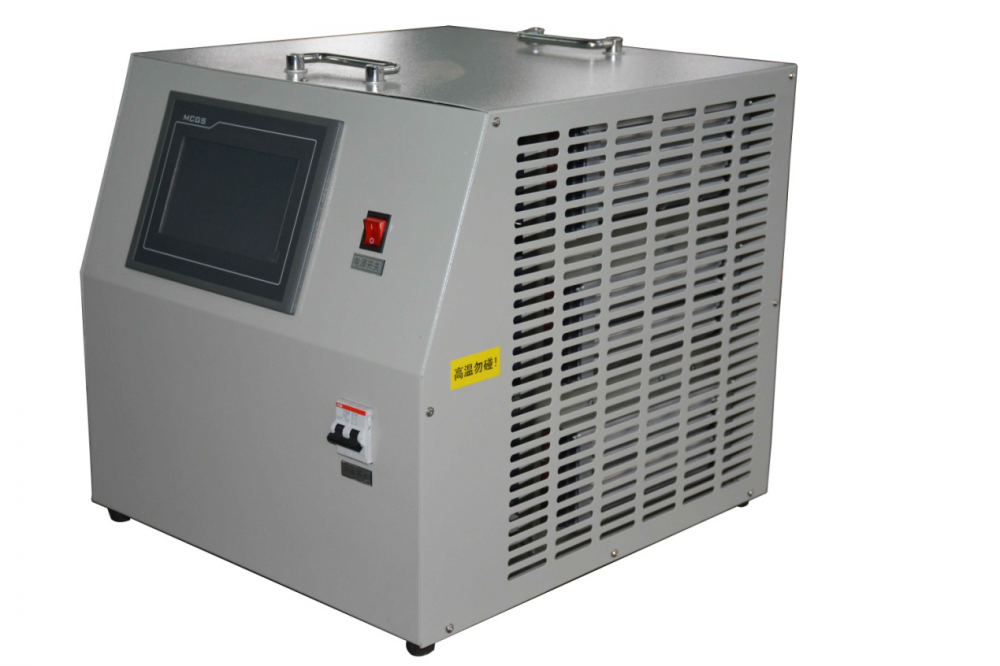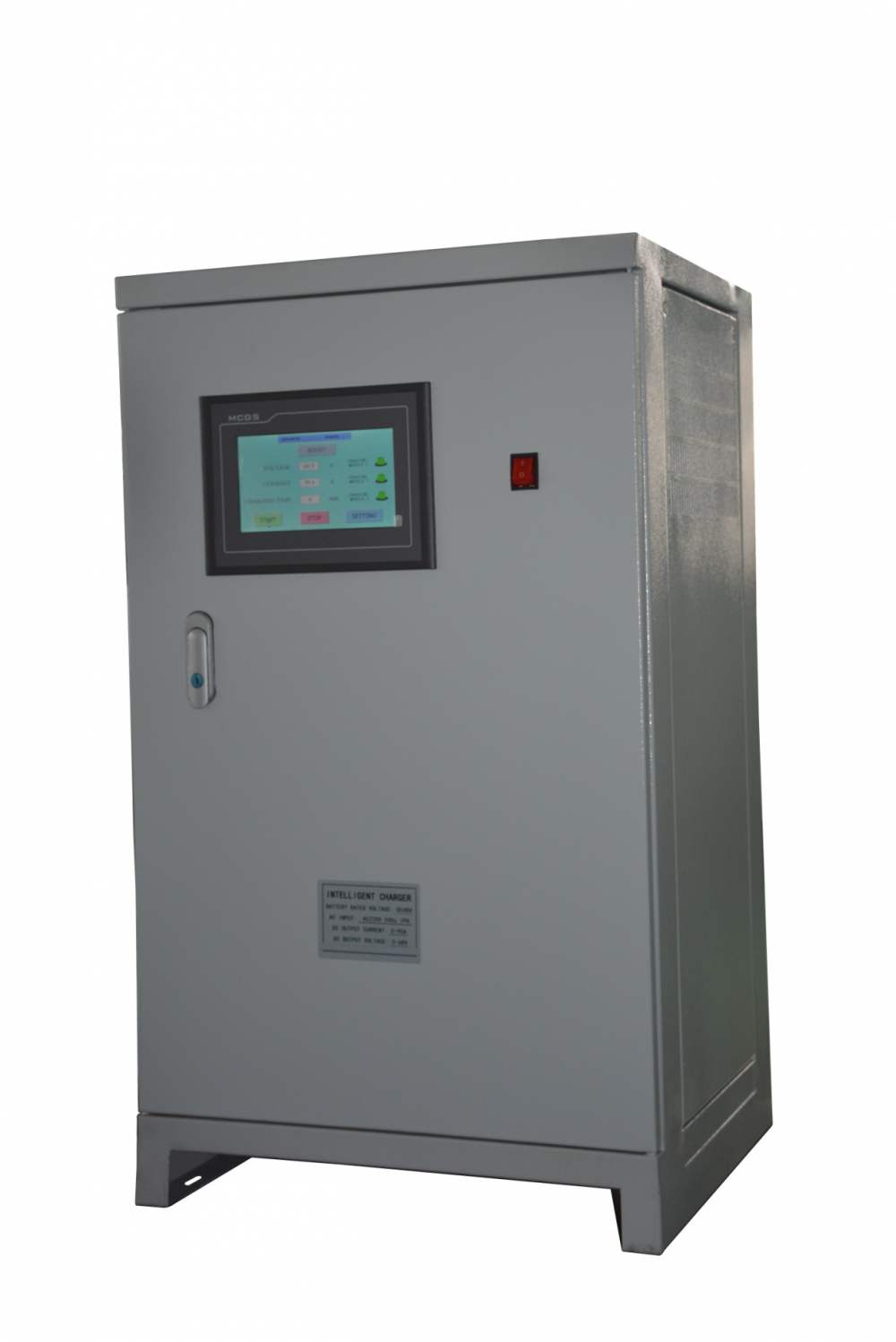 Photovoltaic cables are often exposed to sunlight, and solar systems are often used under harsh environmental conditions, such as high temperature and ultraviolet radiation. In Europe, sunny days will result in solar systems with field temperatures up to 100°C. Currently, we can use each The materials are PVC, rubber, TPE and high quality cross-linked materials, but unfortunately, rubber cables rated at 90°C, and even PVC cables rated at 70°C are often used outdoors. The National Golden Sun project has been launched frequently. Many contractors do not choose special cables for solar systems in order to save costs. Instead, they choose ordinary pvc cables instead of photovoltaic cables. Obviously, this will greatly affect the service life of the system.
Photovoltaic cables are often exposed to sunlight, and solar systems are often used under harsh environmental conditions, such as high temperature and ultraviolet radiation. In Europe, sunny days will result in solar systems with field temperatures up to 100°C. Currently, we can use each The materials are PVC, rubber, TPE and high quality cross-linked materials, but unfortunately, rubber cables rated at 90°C, and even PVC cables rated at 70°C are often used outdoors. The National Golden Sun project has been launched frequently. Many contractors do not choose special cables for solar systems in order to save costs. Instead, they choose ordinary pvc cables instead of photovoltaic cables. Obviously, this will greatly affect the service life of the system. The characteristics of photovoltaic cables are determined by their special insulating materials and sheathing materials for cables. We call them cross-linked PEs. After irradiation accelerator irradiation, the molecular structure of the cable material will change to provide its performance in every aspect. .
Anti-mechanical load In fact, during installation and maintenance, the cable can be routed on the sharp edge of the roof structure while the cable is subjected to pressure, bending, tension, cross tensile load and strong impact. If the cable sheath is not strong enough, then The cable insulation will be severely damaged, which will affect the service life of the entire cable or cause short circuit, fire and danger of personal injury.
Cross-linked materials with high mechanical strength. The cross-linking process changes the chemical structure of the polymer. The meltable thermoplastic material is converted to a non-meltable elastomer material. The cross-link radiation significantly improves the cable insulation material. Thermal, mechanical, and chemical properties.
The PZDK series lithium battery smart charger has a flexible human-machine dialogue function and is a human-machine interface with a color touch screen. It is a smart charging device developed according to the battery pack (group) charging technology requirements of AGV (Automatic Guide Vehicle). It uses a microprocessor as the main control unit for intelligent charging of AGVs and other electric vehicles.





Lithium Ion Battery Charger,Lithiumion Battery Charger,Intelligent Fast Charger,Lithium Battery Charger
Xinxiang Taihang Jiaxin Electric Tech Co., Ltd , https://www.chargers.be